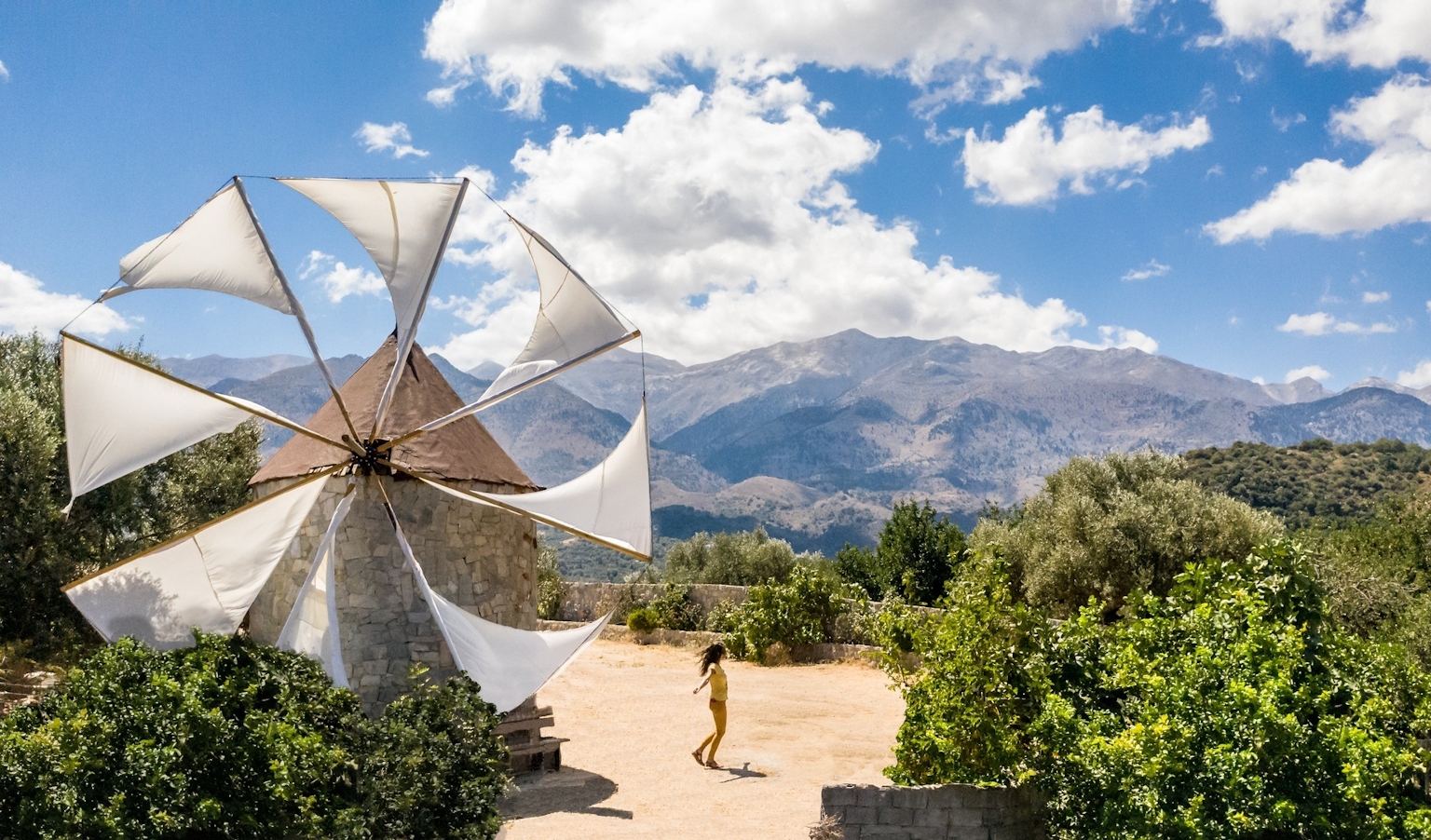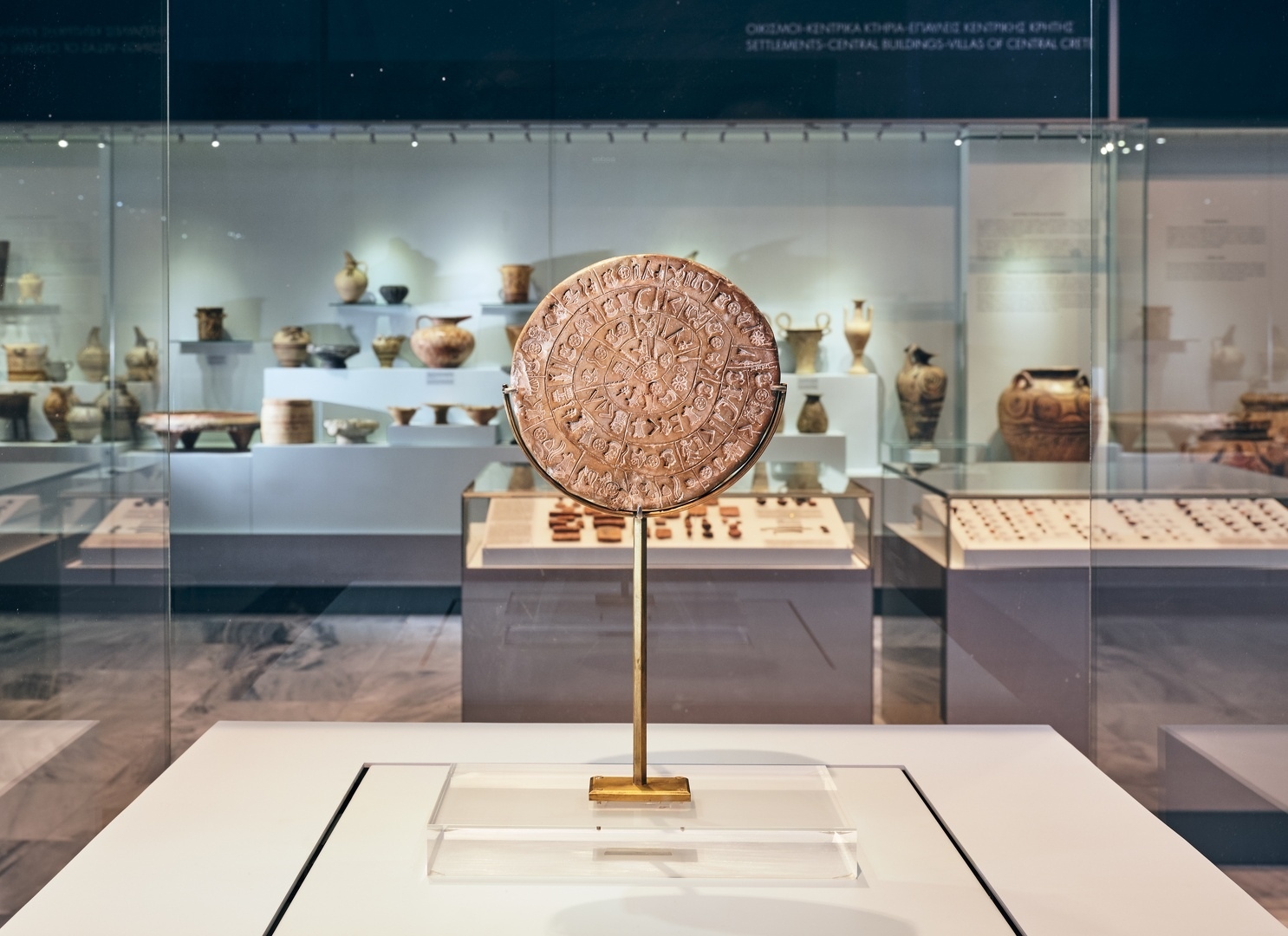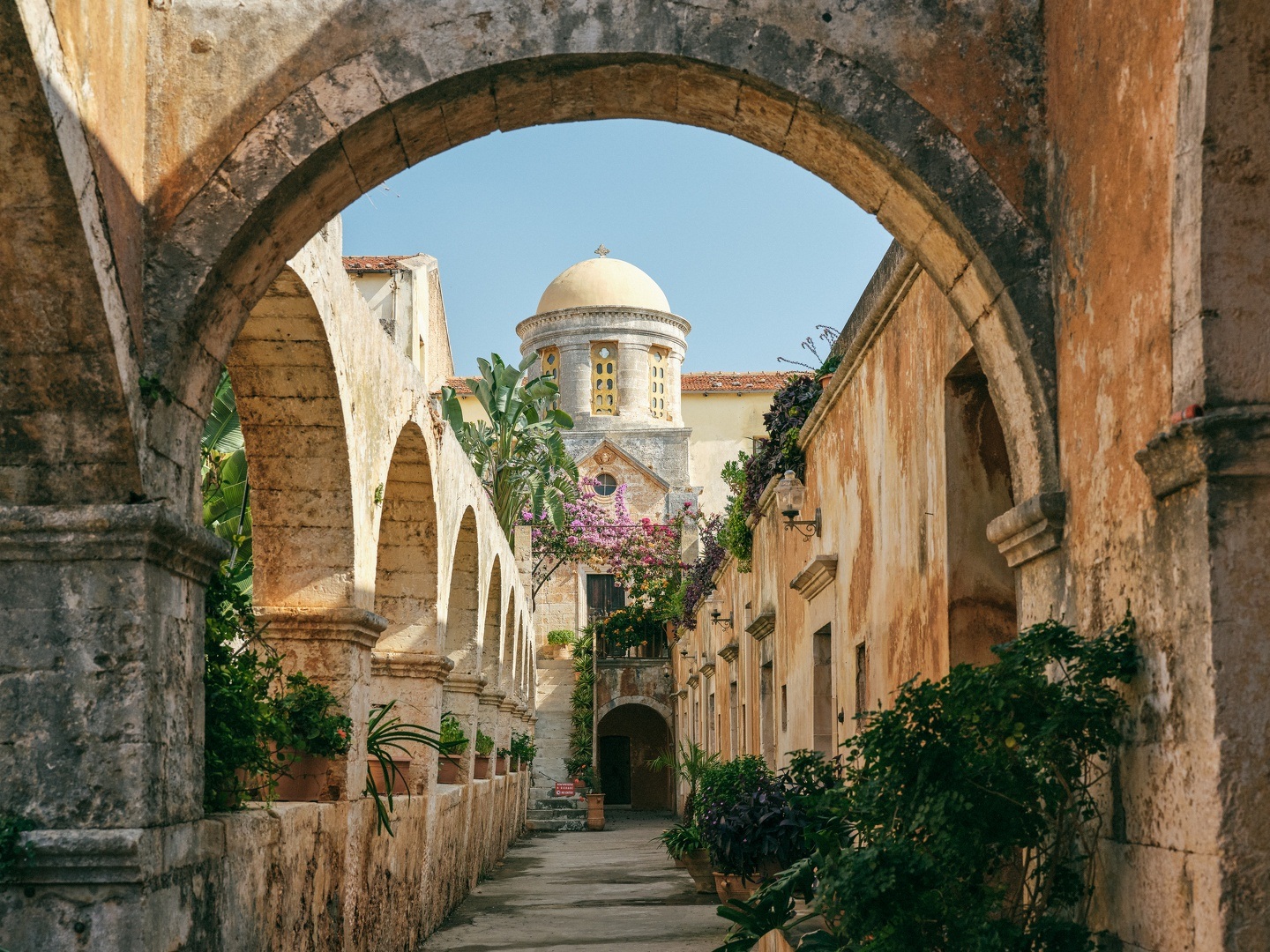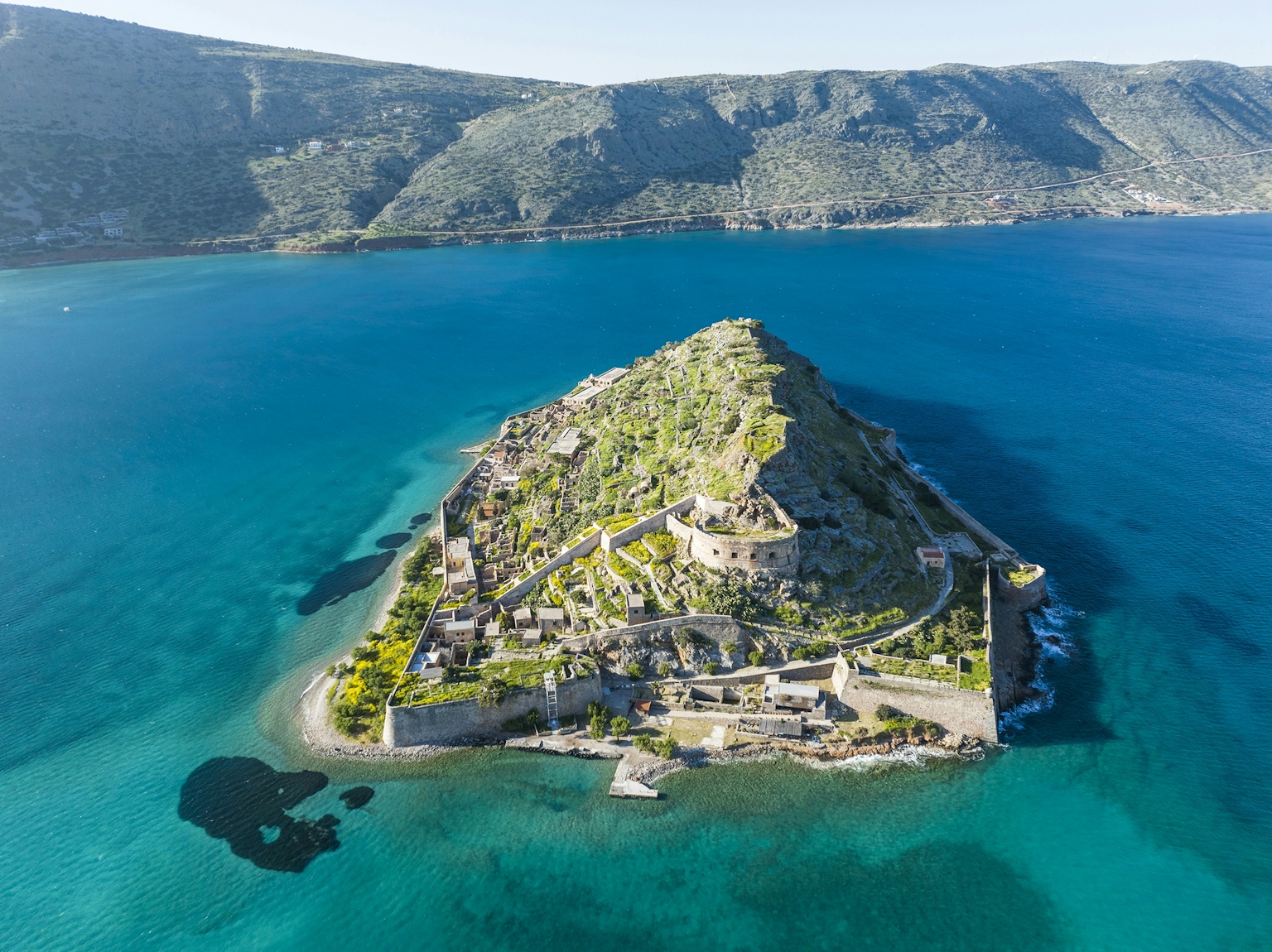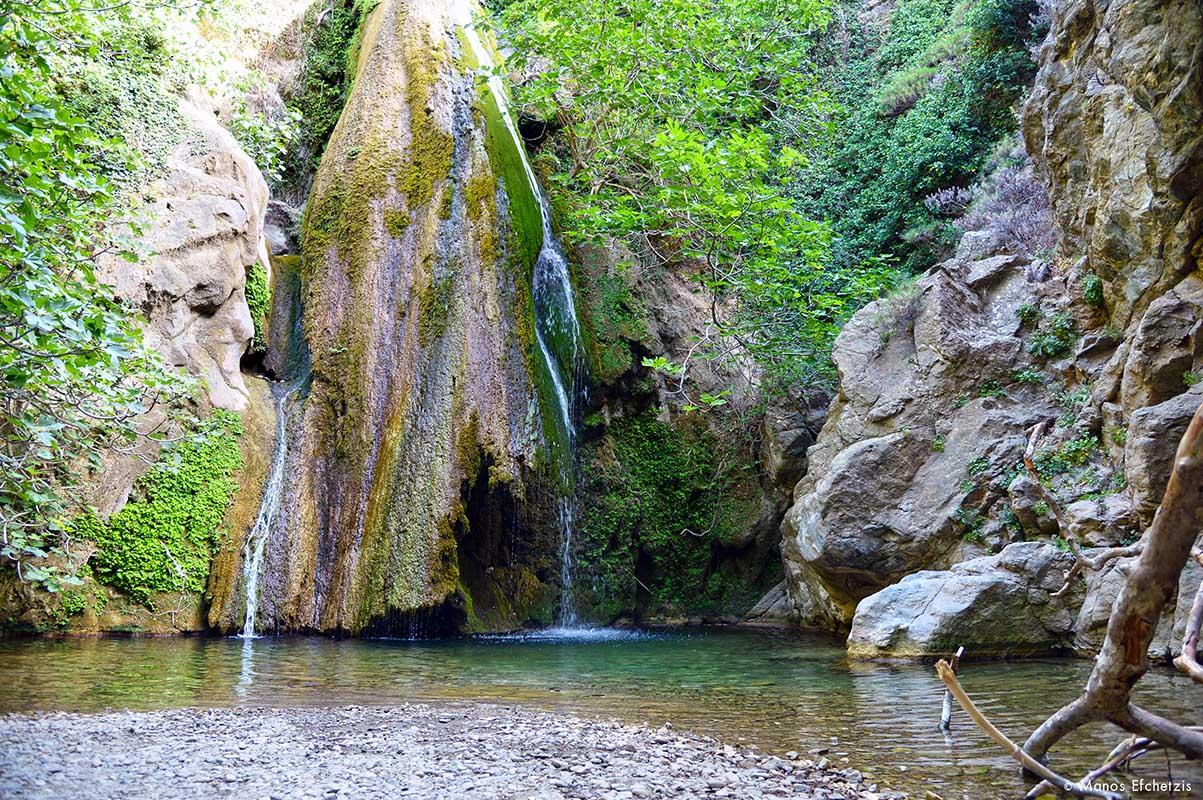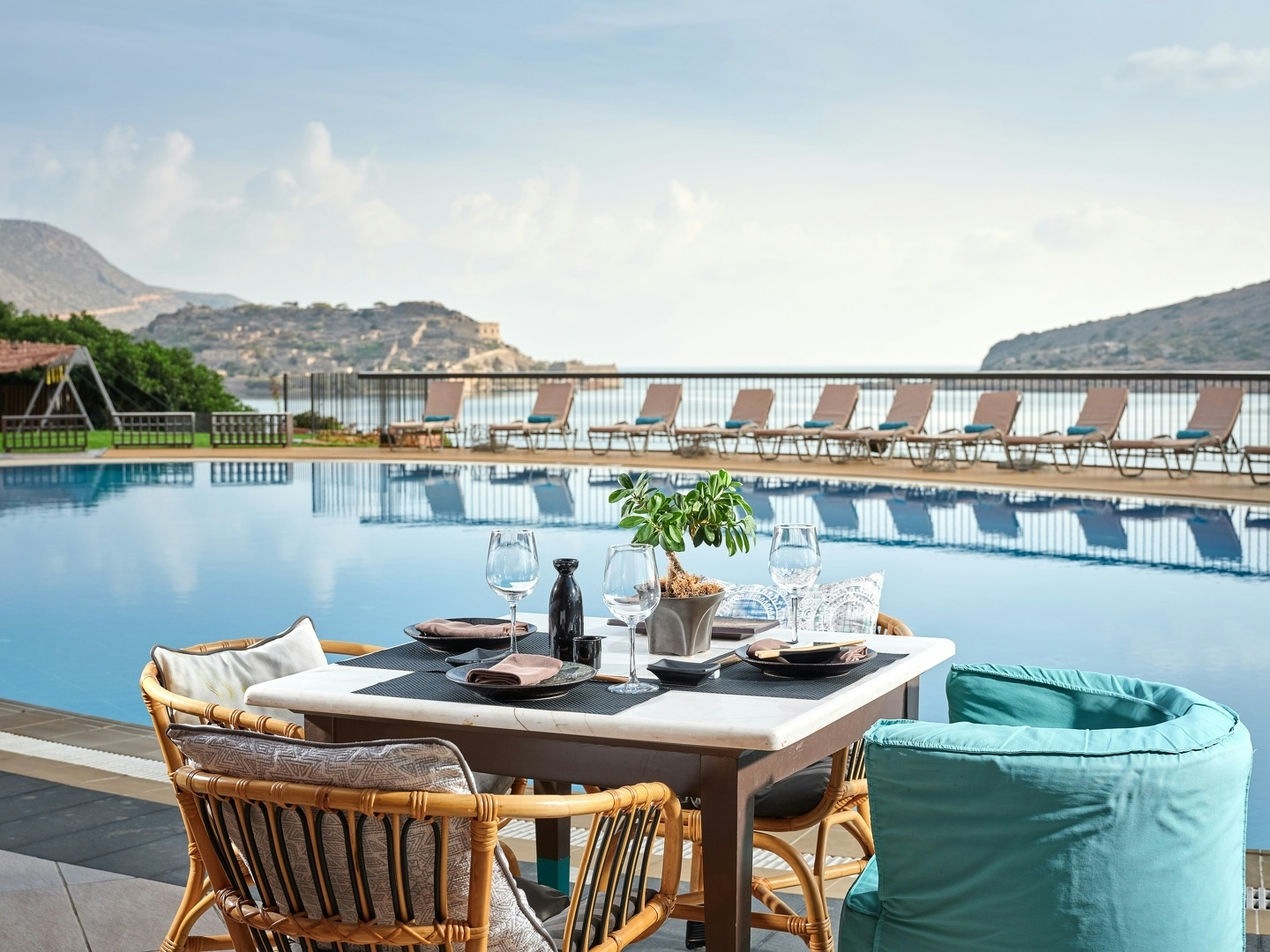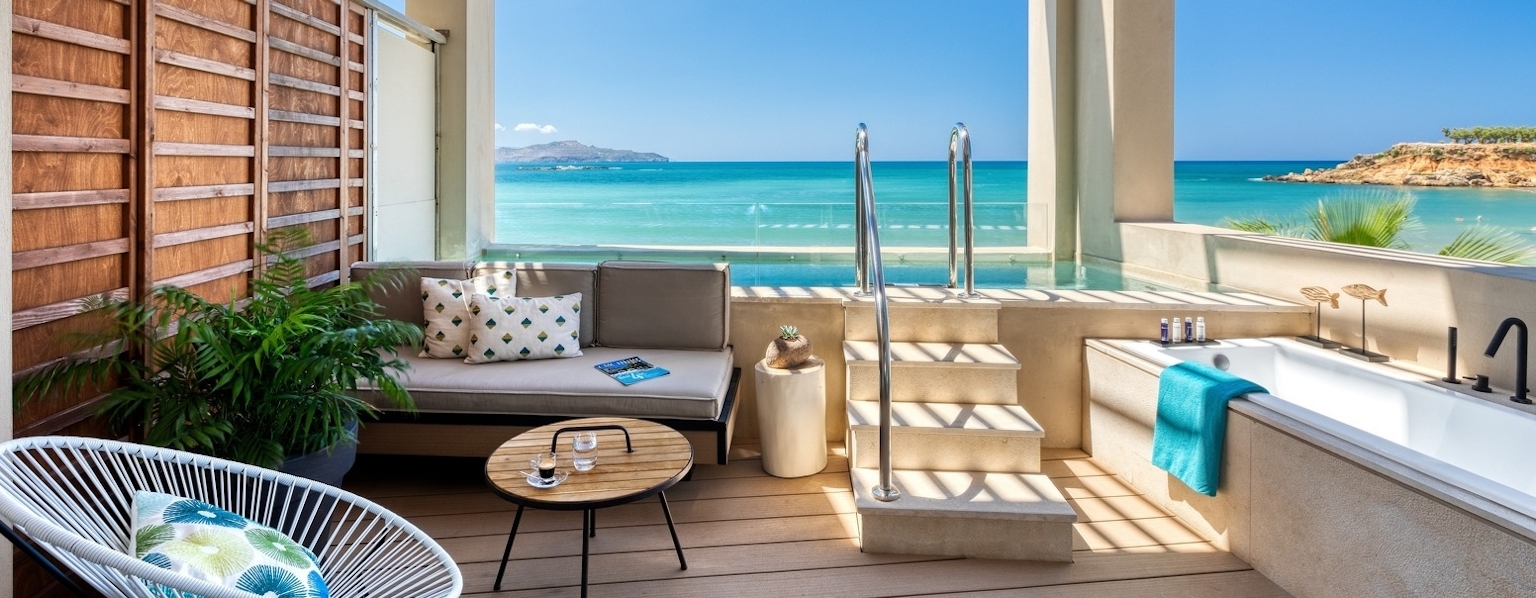A Snowy Weekend in Anogia
When one envisions the essence of Crete, Anogia (or Anogeia or Anoyia) undoubtedly takes centre stage.
It is, after all, the birthplace of Nikos Xylouris, his brother Psarantonis, and numerous other lyre players who have bestowed global fame upon the island.
Wrapped in a snowy blanket, Anogia transforms into a bustling haven, alive with activity. Charming cafés and tavernas, offering delightful dishes, invite you to enjoy their warm hospitality. A stroll to Meidani ensures a memorable experience that will linger in your memory.
An essential choice awaits you—the Ideon Cave (or Ideon Andron), nestled on the plateau of Nida, forever entwined with the name of the Olympian god, Zeus.
Photo: gpagomenos Via Vista.Create
Related
Travel
— Plans

